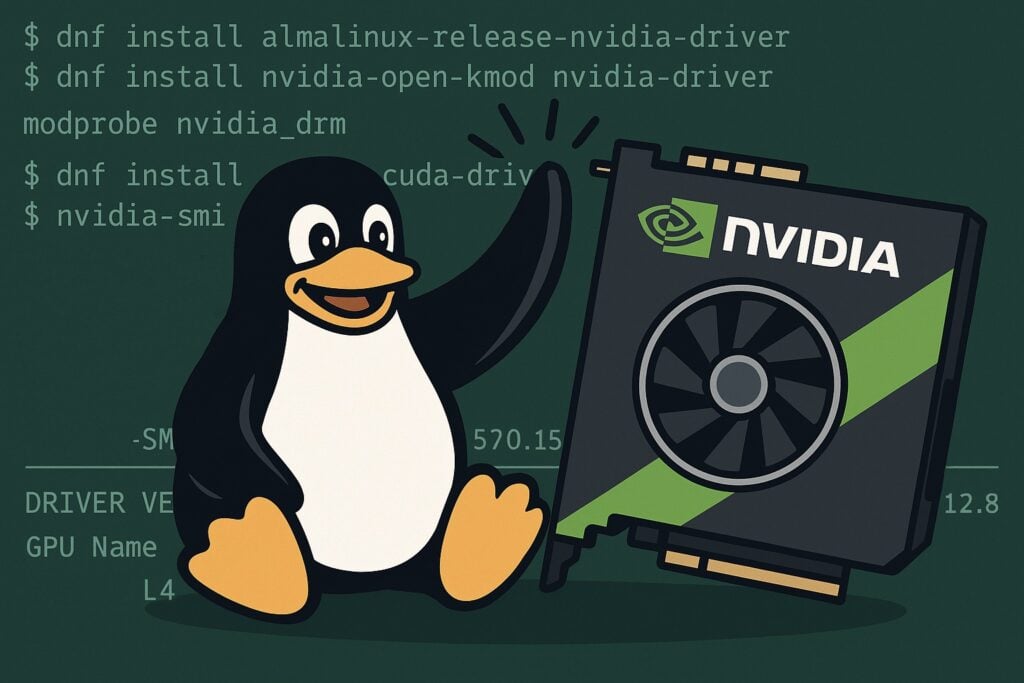
If you’ve ever tried to get an NVIDIA graphics card working on a RHEL-based Linux distribution, you know the pain. Driver conflicts, Secure Boot headaches, and mysterious black screens were practically a rite of passage. But that’s finally changing.
You see, with AlmaLinux 9.6 and 10.0, you now get proper, native support for NVIDIA’s open source GPU drivers. This includes Secure Boot compatibility and streamlined support for CUDA, all packaged up and ready to install with just a couple of terminal commands.
It wasn’t always like this. When AlmaLinux first launched five years ago, NVIDIA was still clinging to closed-source drivers. But times have changed. NVIDIA’s open GPU kernel module is now getting real momentum, and newer cards are being added to that stack first. AlmaLinux jumped on the opportunity.
Now, thanks to collaboration with the ALESCo project and upstream kernel work, AlmaLinux makes NVIDIA setup painless. Users can install the official open source driver, kernel module, CUDA stack, and supporting components with minimal effort. Even Secure Boot works without extra steps.
Here’s how easy it is to get going:
dnf install almalinux-release-nvidia-driver
dnf install nvidia-open-kmod nvidia-driverAfter that, reboot. Or, if you’re already running the latest kernel, load the module manually:
modprobe nvidia_drmTo check that everything is working, install the CUDA driver tool and run:
dnf install nvidia-cuda-driver
nvidia-smi You’ll see a detailed readout of your GPU, memory usage, and other nerdy metrics. If you want the full CUDA stack, that’s just one more install:
dnf install cudaThis update is big news for Linux users who depend on NVIDIA hardware. Whether you’re doing AI work or just want smoother graphics on your desktop, AlmaLinux is now a legit option without hoops to jump through.
Full instructions and documentation can be found here:


